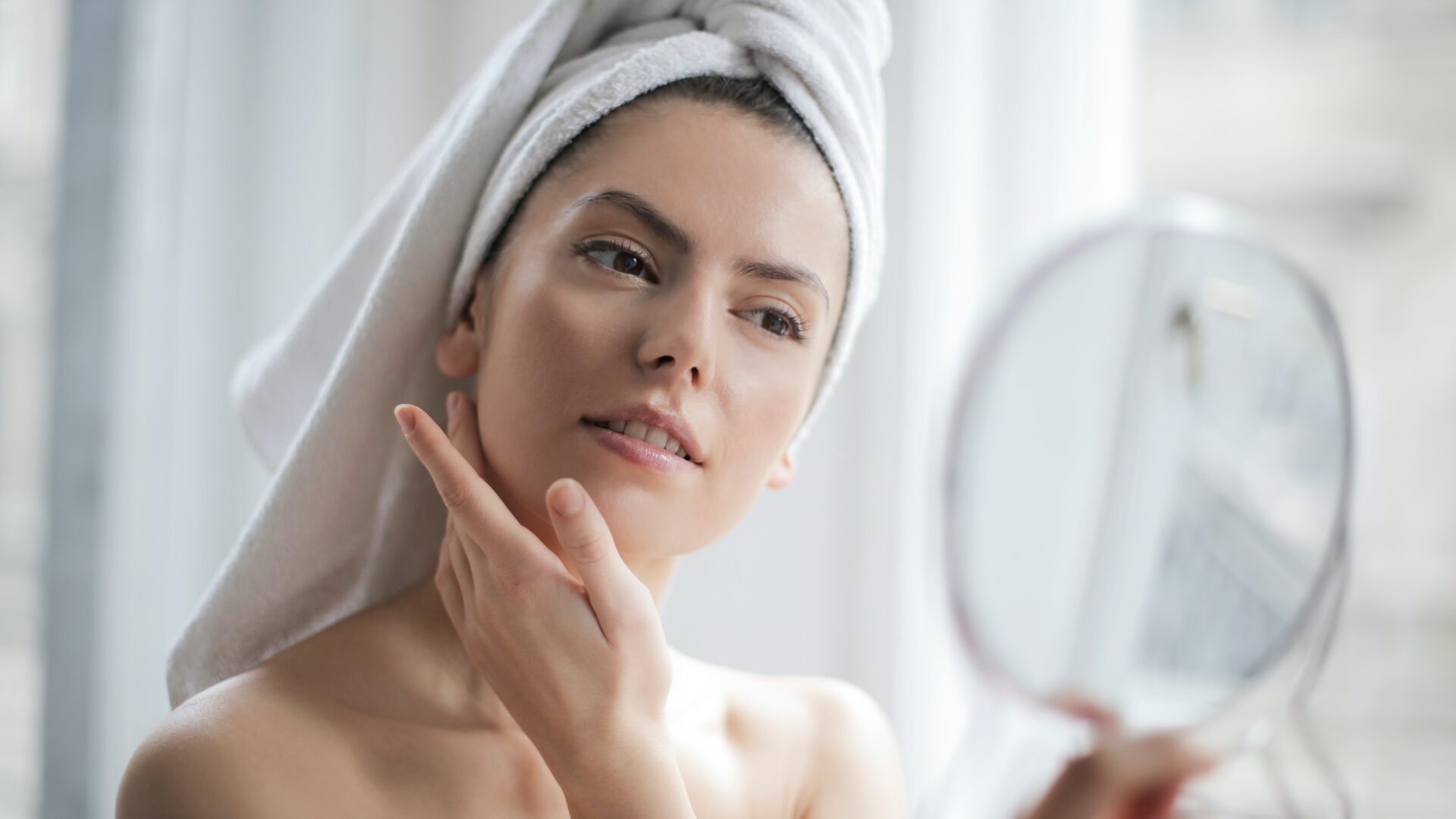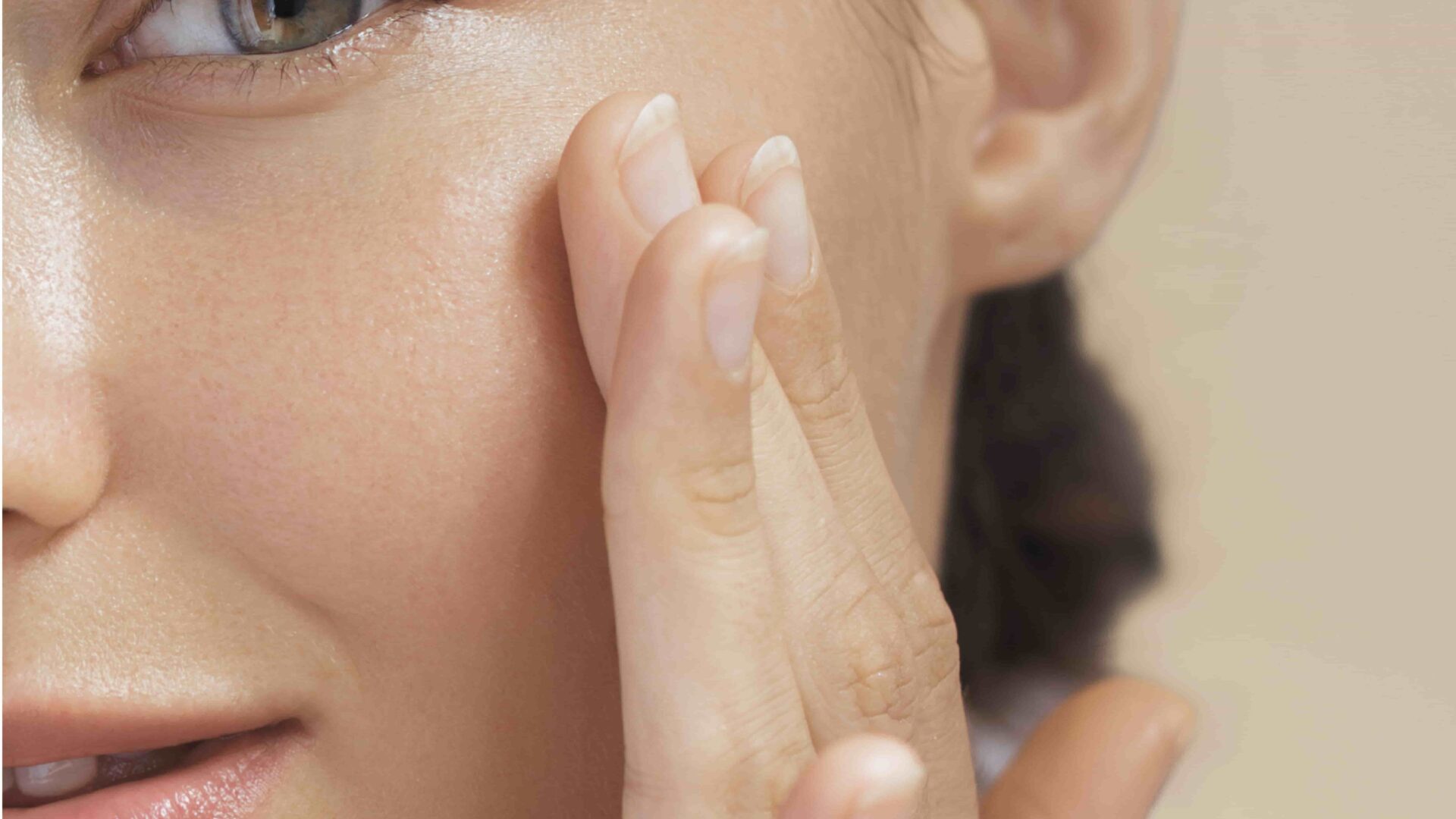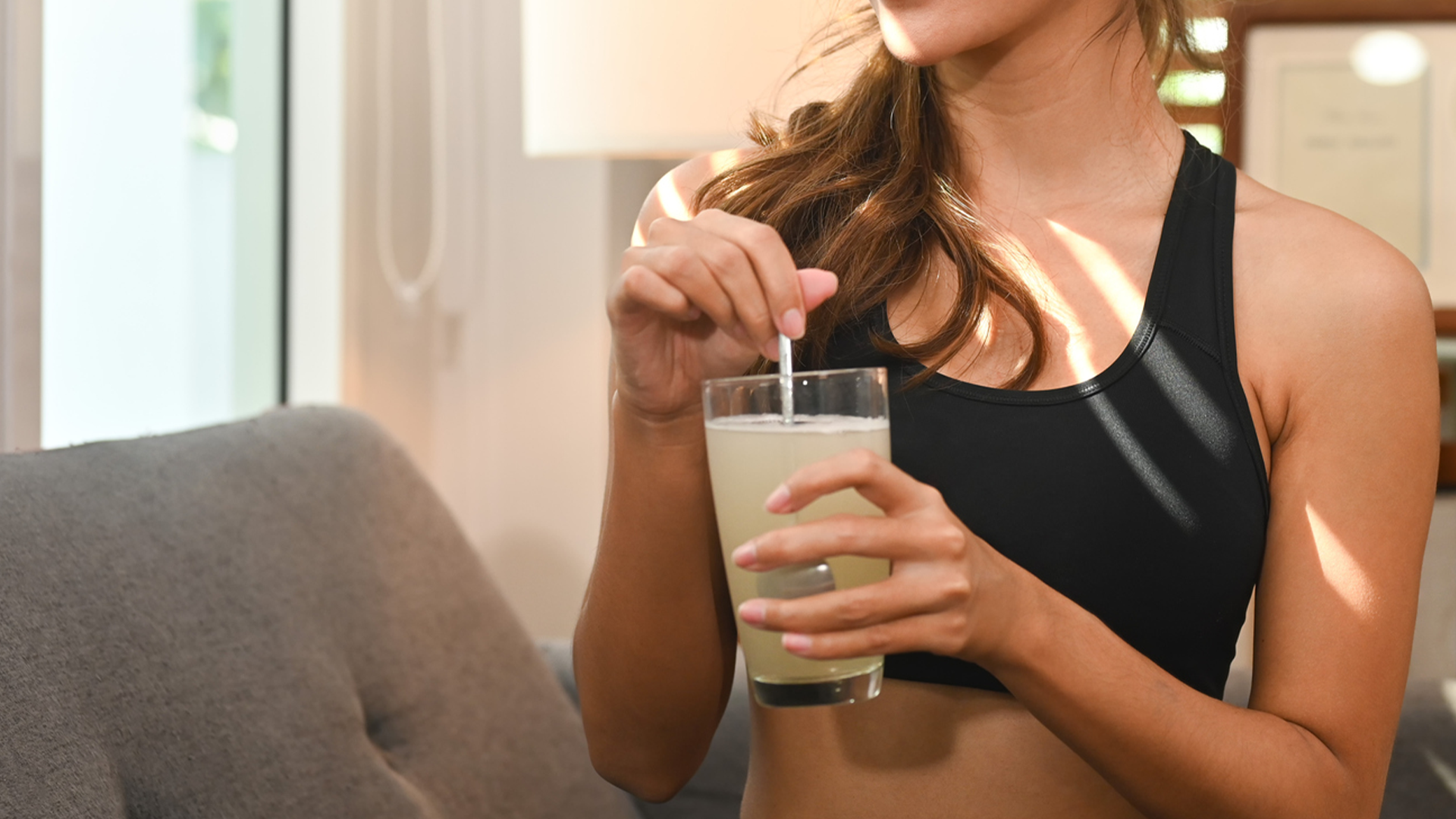BHA stands for beta hydroxy acid, a type of salicylic acid that is often used in skincare products. BHA is considered to be one of the most effective remedies against blemishes and for an even complexion. In this article, we will explain the effects of BHA on the skin in more detail and answer common questions about its use. It is also important to understand the difference between BHA and AHA and when it is best to use which product.
What is BHA?
BHAs are fat-soluble hydroxy acids that are used in skin care because they have a unique ability: They can penetrate deep into oily pores and exert their cleansing effect there. This property makes BHA extremely effective in tackling skin problems such as acne associated with excess sebum and clogged pores. The best known and most common BHA is salicylic acid, which is extracted from the bark of the willow tree. Salicylic acid is the most commonly used of the BHAs. When a manufacturer refers to BHAs, they usually mean salicylic acid. Salicylic acid and BHAs are often used in various skin care products such as cleansers, toners, serums and peeling products. They have an exfoliating effect, i.e. they promote skin renewal and contribute to a clearer complexion. BHA and salicylic acid are therefore also an ideal choice for those who want a radiant “glow”.
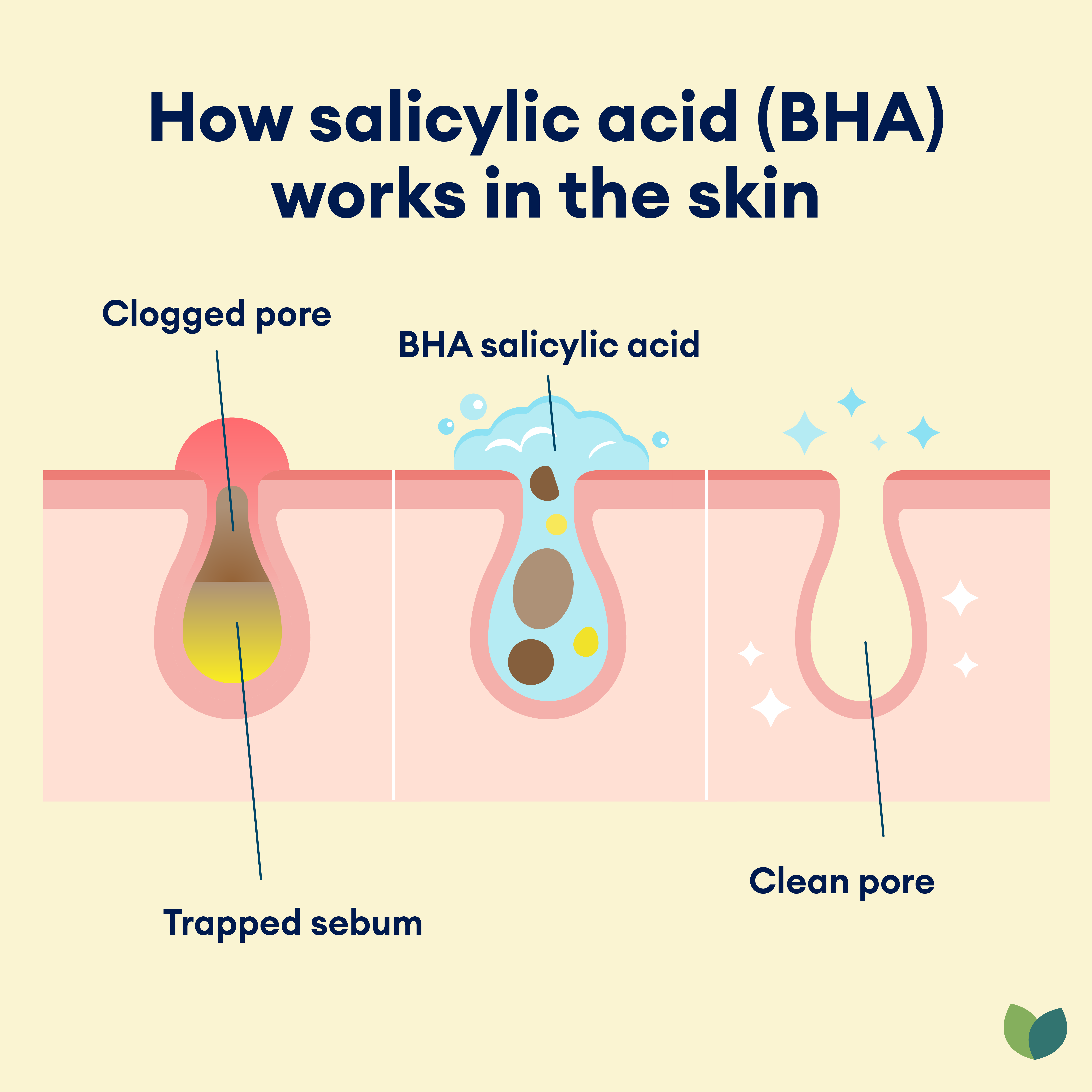
The 5 most important effects of BHA and salicylic acid
The effects of BHA and the related salicylic acid are manifold, but they can be summarised in 5 important benefits for the skin:
- Removal of dead skin cells: BHA, particularly salicylic acid, has an exfoliating effect, gently sloughing off dead skin cells. This leads to improved skin texture and a more radiant complexion. (1)
- Deep cleansing of the pores: BHA is liposoluble, this allows it to penetrate deep into the pores. As a result, BHA can remove excess oil and impurities, which is particularly beneficial for people with oily skin and a tendency to clogged pores. (2)
- Anti-inflammatory effect: Salicylic acid has anti-inflammatory properties that can help to reduce redness and inflammation on the skin. This makes BHA particularly suitable for people with acne or pimple-prone skin. (3)
- Treatment of skin blemishes: BHA, specifically salicylic acid, has been shown to be effective in treating acne, spots and blackheads. Thanks to its deep cleansing effect, it can help to reduce existing blemishes and prevent new ones from forming. (2)
- Promotes skin renewal: BHA stimulates cell renewal, which leads to faster skin regeneration. This can help to reduce fine lines and scars. (4)
It is important to note that individual skin response to BHA can vary. Some people may experience an initial ‘skin purging’ phase as the skin adapts to the treatment. It is therefore recommended that BHA products are introduced gradually and ideally combined with skin soothing ingredients.
Subscribe for free
Do you like our content? Subscribe to our newsletter and receive science-based knowledge about health and well-being straight to your inbox!
AHA and BHA - What is the difference?
BHA (beta-hydroxy acid) and AHA (alpha-hydroxy acid) differ in their chemical structure and the associated properties. The two types of hydroxy acid are often used in skin care due to their “peeling effect”, but differ particularly in the skin layers in which they act.
There are also PHAs, the new generation of AHAs, which work in the same way, but are less irritating to the skin.
BHA (like salicylic acid):
BHA is fat-soluble, which means that it dissolves well in lipids or oils. The best-known representative of BHA is salicylic acid. Due to its lipid solubility, salicylic acid can penetrate deep into the pores of the skin. This makes it particularly effective for people with oily skin or those who are prone to clogged pores and acne or pimples. By cleansing the pores from the inside out, BHA helps prevent blackheads and pimples.
AHA (like glycolic acid):
In contrast to BHA, AHA is water-soluble, which means that it dissolves well in water. Common AHA types include glycolic acid and lactic acid. AHA mainly works on the surface of the skin by removing dead skin cells and refining the skin texture. AHA is particularly suitable for people with dry skin as it can moisturise the skin and is effective in treating sun damage (such as hyperpigmentation) and fine lines.
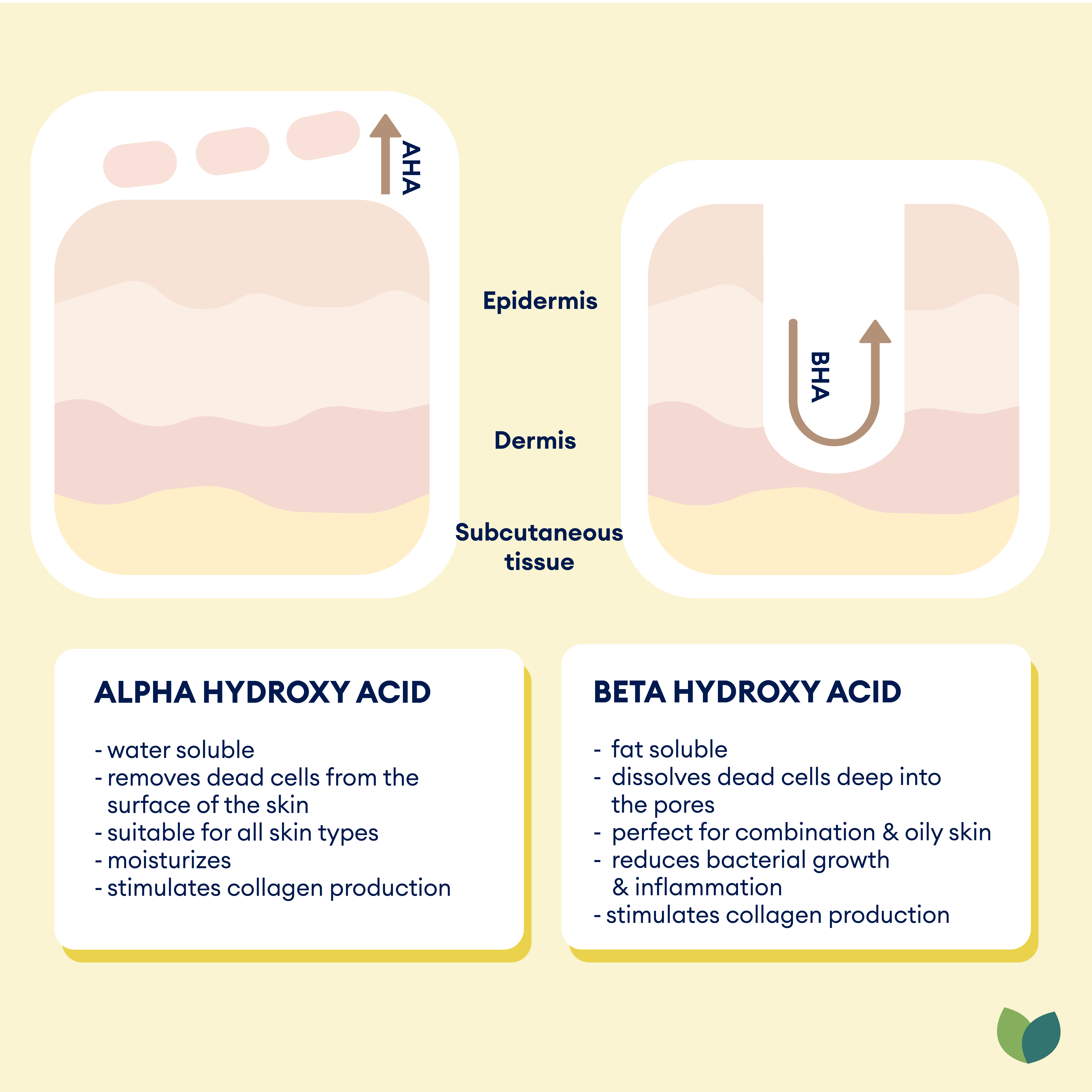
Conclusion: The choice between BHA and AHA depends on your skin type
The choice between BHA and AHA often depends on your skin type and specific skin concerns. People with oily skin or signs of acne may benefit more from BHA, whilst AHA usually works better for people with dry skin or signs of sun damage. However, it is advisable to introduce both products gradually to get the skin used to them slowly.
BHA & Skin Purging
The use of BHA (beta hydroxy acid), especially in the form of salicylic acid, can lead to a phenomenon known as “skin purging”. Skin purging occurs when the accelerated cell renewal caused by BHA causes skin impurities that have already formed under the skin to come to the surface more quickly. Skin purging is an initial aggravation of the skin after the start of use. This process is temporary and is a normal reaction of the skin to exfoliation.
It is important to understand that skin purging, or initial aggravation, is not a bad reaction to the product, but rather a sign that the skin is responding to the treatment. During this phase, pimples, blackheads or blemishes may temporarily increase. In this case, it is advisable to be patient and continue using the product, as skin purging is often a temporary stage and the skin will become clearer and more radiant afterwards.
3 tips to avoid skin purging
- Start with BHA concentrations of 0.5-1%: To minimise skin irritation during the purging process, it makes sense to use BHA peels or serums that contain lower concentrations. Higher concentrations are not necessarily more effective.
- Gradually increase the frequency of application: You can gradually acclimatise the skin to the exfoliating effect by using BHA products 1-2 times a week at first and then every 2-3 days.
- Soothing skin care: It is advisable to pay particular attention to soothing and moisturising skin ingredients during the initial phase. Some products ideally combine BHA with active ingredients that are anti-inflammatory. Like this exfoliator from Satin Naturel.
Frequently asked questions about BHA and salicylic acid
BHA, especially in the form of salicylic acid, is particularly effective for people with oily, acne-prone skin or problems such as clogged pores. The lipid-soluble properties enable deep cleansing of the pores, controlling excess oil and reducing the formation of blackheads and spots.
The frequency of application depends on individual skin tolerance. Beginners should start with low concentrations and gradually increase the application. As a rule, it is recommended to use BHA products two to three times a week. If necessary, the frequency can be adjusted, but attention should be paid to signs of skin irritation and the application should be adjusted accordingly.
In some cases, there may be an initial skin reaction, such as a slight burning sensation or redness, especially if the skin is not used to the exfoliating effect. This could be part of the so-called skin purging process – a harmless, temporary reaction of the skin, which we discuss in more detail above. To minimise skin irritation, it is advisable to start with low concentrations of 0.5-1%. Higher concentrations are often not necessary. A well thought out skincare routine, including moisturising products, can help to reduce potential irritation.
(1) Journal of the European Academy of Dermatology & Venereology: A double-blind, randomized, vehicle-controlled efficacy assessment study of a skin care formulation for improvement of mild to moderately severe acne
(2) Journal of Clinical and Aesthetic Dermatology: Efficacy of Alpha and Beta Hydroxy Acid Chemical Peels in Postacne Pigmentation: A Double Blinded, Randomized, Controlled Trial
(3) Molecules: N-Butyrylated Hyaluronic Acid Achieves Anti-Inflammatory Effects In Vitro and in Adjuvant-Induced Immune Activation in Rats
(4) Jundishapur Journal of Natural Pharmaceutical Products: Hydroxy Acids, the Most Widely Used Anti-aging Agents
